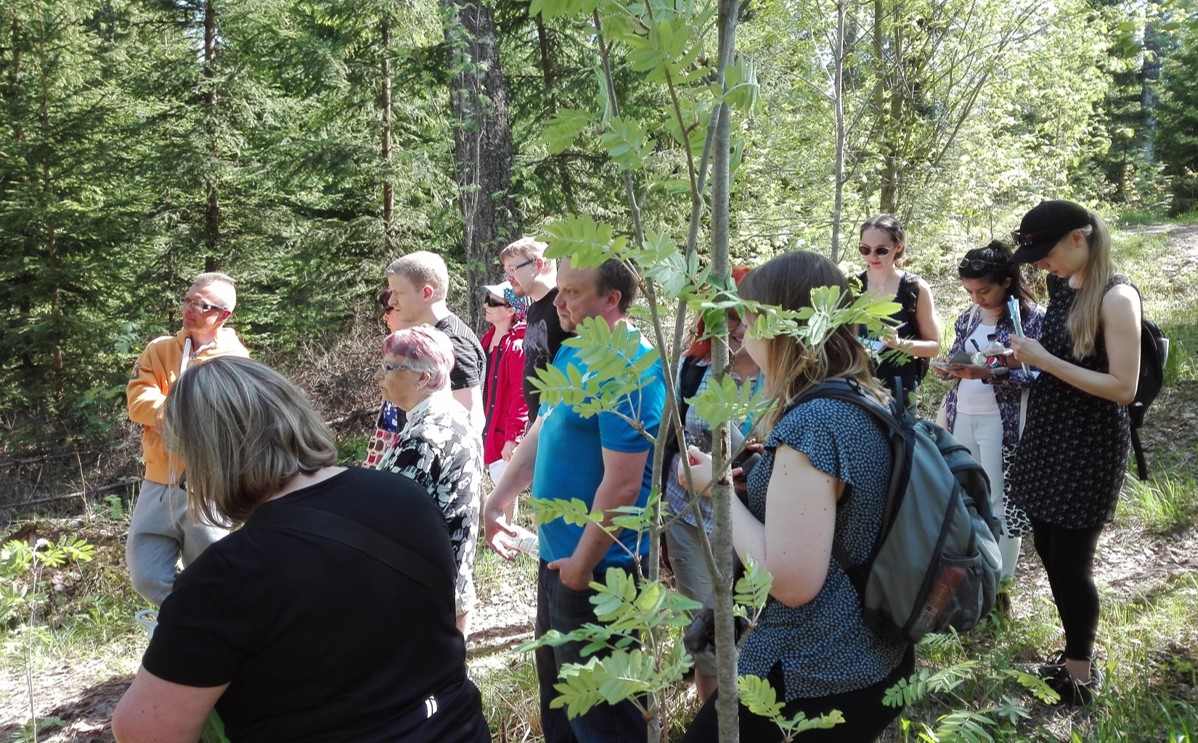
Tampere Has Initiated the Implementation of Co-created NBS
- Wed, 09/01/2019
The City of Tampere in Finland is one of the three front-runner cities in the UNaLab project. In the Nordic conditions in Tampere, climate change is expected to result in higher temperatures and increased rainfall, especially during winter time. Subsequently, the city’s focus in the UNaLab project is on stormwater management. Tampere’s targets in the project include: 1) Adopting and further developing innovative, nature-based stormwater management for floods and pollution; 2) Monitoring the performance of nature-based solutions; 3) Developing the city’s administrative processes; and 4) Finding business models for nature-based solutions (NBS).
Tampere has two living labs - greenfield Vuores and brownfield Hiedanranta. During spring 2018, the city organised an intensive series of co-creation workshops, in which altogether 258 people participated. Based on the results from these co-creation workshops, the implementation of NBS demonstrations has been initiated. These demonstrations include biofilters, bioswales, green roofs, small-scale NBS, and a micro-algae pilot. In addition, the accessibility and education on nature-based solutions have been improved and NBS performance monitoring with online measurement devices has been initiated. In the development of small-scale NBS, Tampere is experimenting with a new funding instrument called “innovation vouchers”. The call for innovation vouchers is currently open for housing companies and communities, who can use this opportunity to enhance multi-functional nature-based solutions in gardens.
Novel biofilter for water treatment in Hiedanranta
A biofilter, with an area of around 90 m2, has been built with the purpose to treat the nutrient-dense seepage water from the landfill of the pulp mill in Hiedanranta. This old landfill mostly contains fiber waste. The water is purified with the help of peat, expanded clay and the biochar, which is produced in Hiedanranta. The unpleasant smell caused by the water is being removed with the use of activated charcoal. The many shrubs and perennial plants planted in the biofilter absorb nutrients from the seepage water and increase biodiversity. The biofilter also includes lots of flowering plants, which are excellent for pollinators. The system, which imitates nature’s own purification mechanisms, was designed in cooperation with experts and the residents of nearby areas. The purification ability of the biofilter is monitored through automatic water quality measurements. The system’s ability to, for example, absorb carbon and increase the number of pollinators is also being examined.